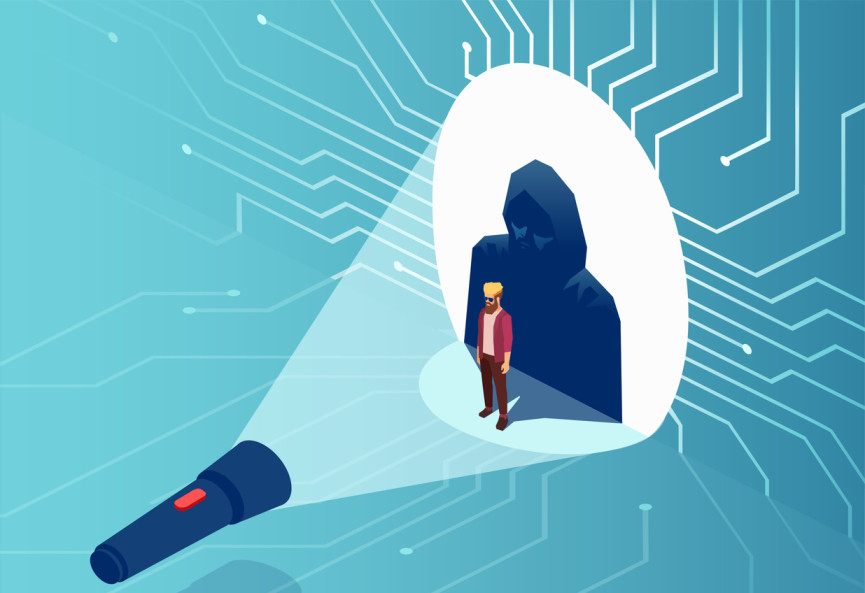Cybercriminals are always trying to find new ways to hack software and steal information, ultimately stealing money and ruining the integrity of society. There’s no telling what they’re capable of, so software developers must keep up with the latest threats and stay in control of the complexities of the digital realm.
Lack of a clear policy
Software developers face the most debilitating security problem when preventing security breaches is the lack of clear policies. Hackers know this, so they find ways around it.
Security policies for employees and technology ensure that your team doesn’t accidentally create or enable vulnerabilities. For example, providers like SUSE help developers implement security policies across a Kubernetes distribution, simplifying the process.
Phishing attacks
Phishing attacks are one of the frequent ways cybercriminals get into your software development accounts. A phishing scam occurs when someone asks for sensitive information but does not provide a link to the site and instead fraudulently sends malware to your computer.
They may also send emails with a seemingly legitimate link but, in reality, redirects you to a fake site where they ask you to enter your password.
Insider threats
Insider threats include employees, contractors, and vendors with access to software development accounts. Cybercriminals will infiltrate the user’s current credentials to access the system.
To prevent this, you must implement secure systems that monitor all interactions in your software development environment.
Poorly written code
Cybercriminals know that software development teams write code and leave vulnerabilities open. They look for flaws in coding and program a virus that can quickly attack your system.
To determine whether or not you’re leaving yourself open to cybercrime, regularly test your software development environment. This approach ensures there aren’t potential hacks that can disrupt operations.
Insecure password storage
Hackers will use a brute force attack to log into your software development accounts, stealing information and causing significant damage. To prevent this, you must use different passwords for each account and ensure they are difficult enough to guess correctly.
You could also employ one-time passwords or alternative methods such as retina scanning or fingerprint recognition to protect your valuable data.
Legacy software
Legacy development software is one of the most common reasons malware attacks exist. Hackers look for outdated software, so if your system runs older versions, upgrading to the latest version is a good idea if your system runs older versions.
It’s also essential to keep up with updates released in patches that could prevent that security breach.
DDoS attacks
Distributed Denial of Service (DDoS) attacks are illegal and significantly affect your software development environment. If you have outdated software, the attack could be more intense and cause more damage.
To avoid a major attack, regularly test your software development environment and maintain secure servers that can protect against cybercrime.
Final thoughts
To prevent cybercrime, develop secure software development environments that can withstand modern threats. Keep up with the latest protection and stay ahead of the game by implementing these steps into your software development process.









